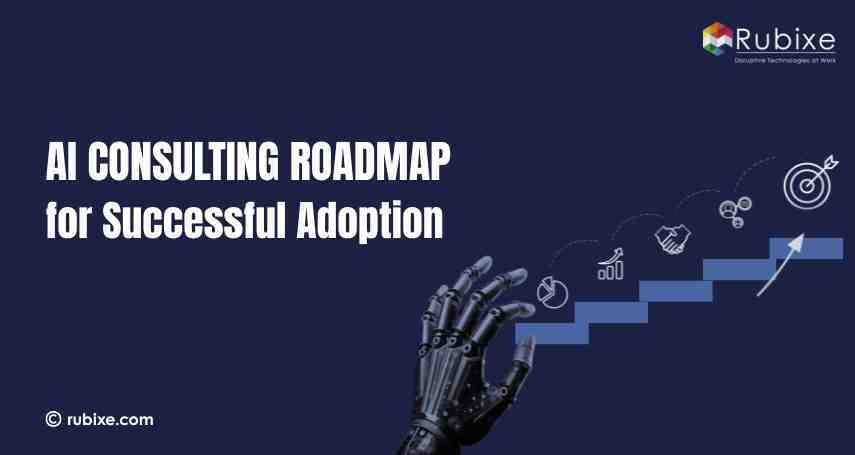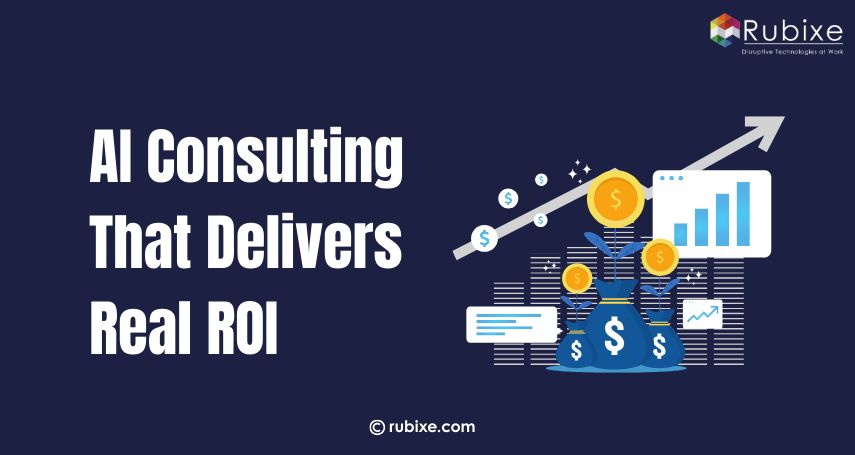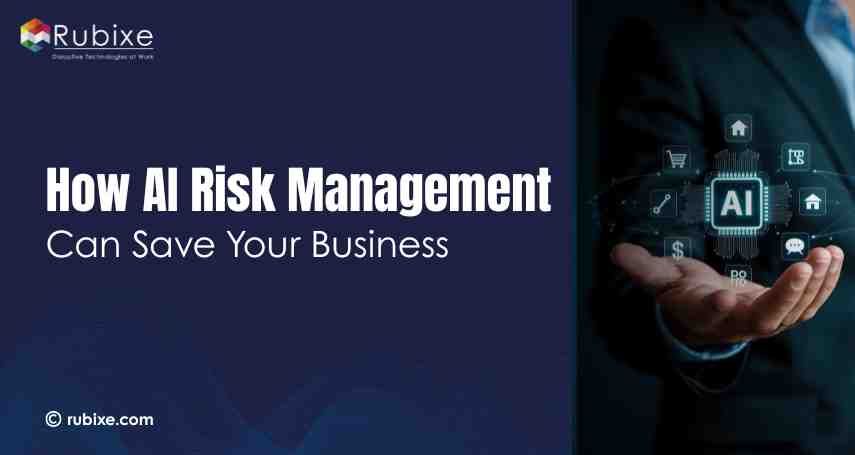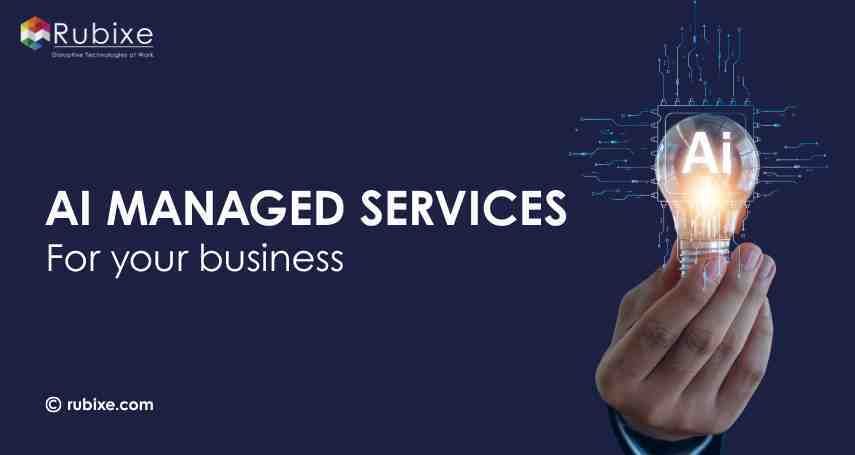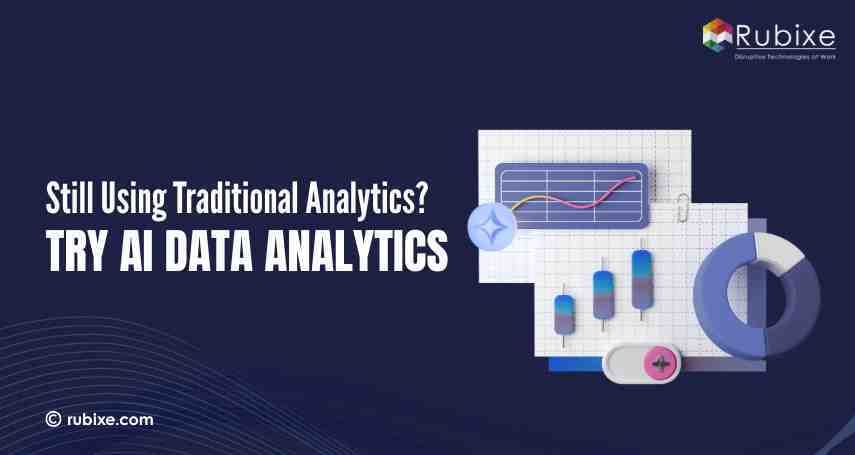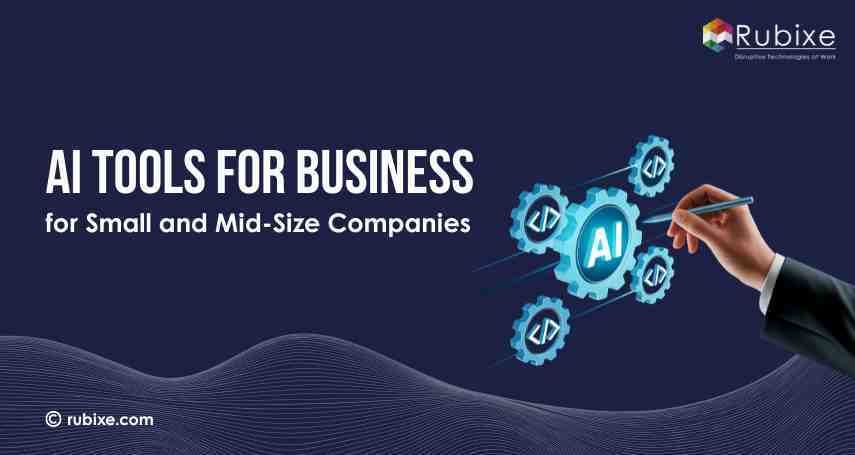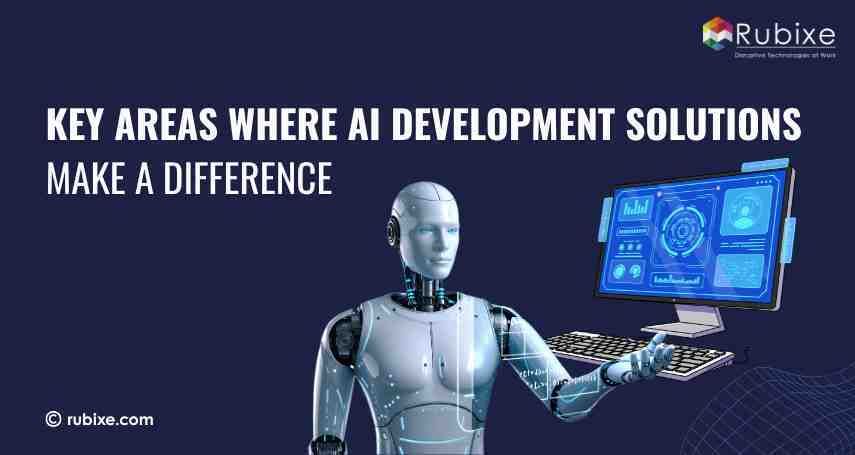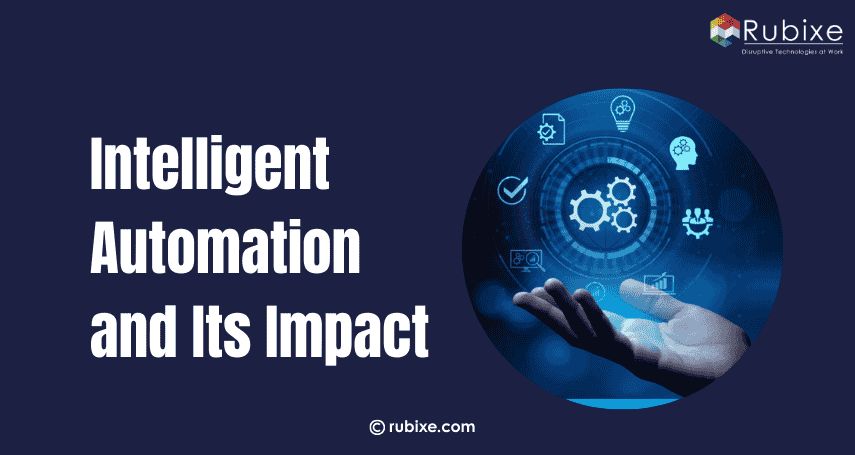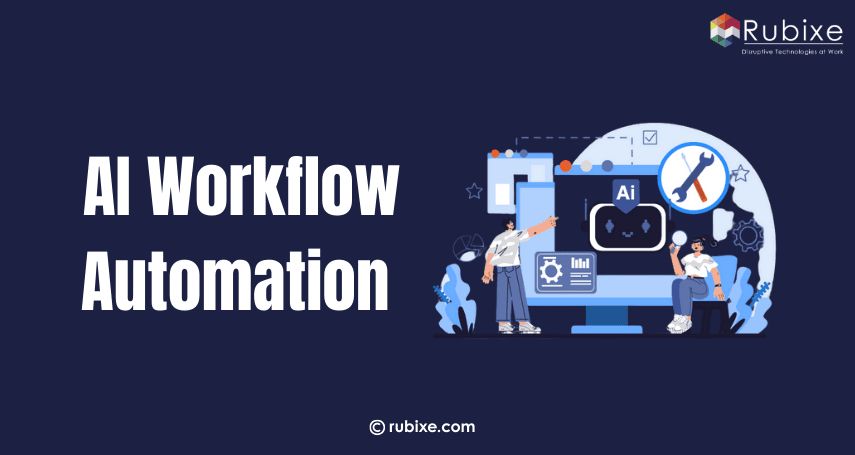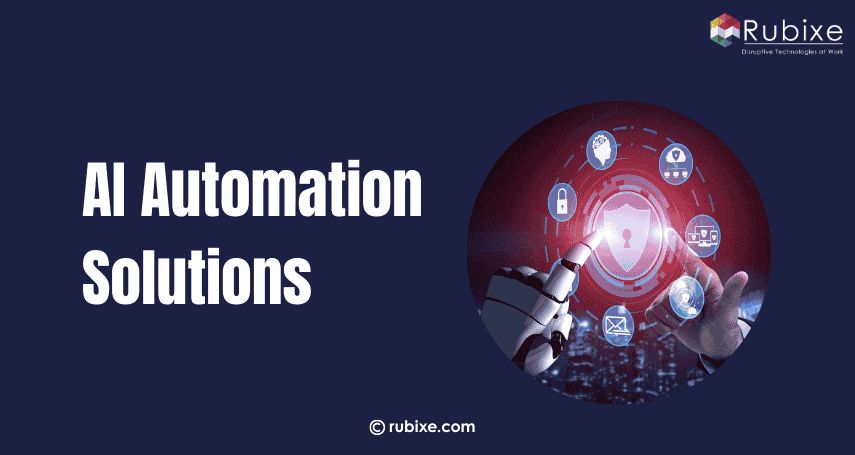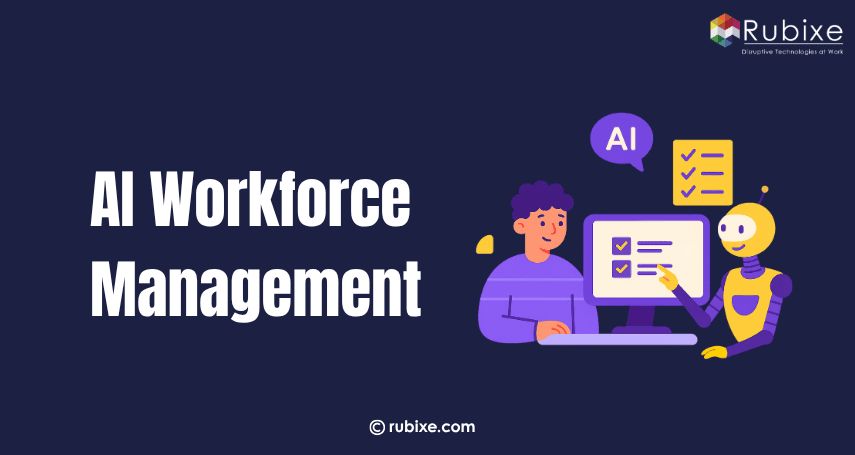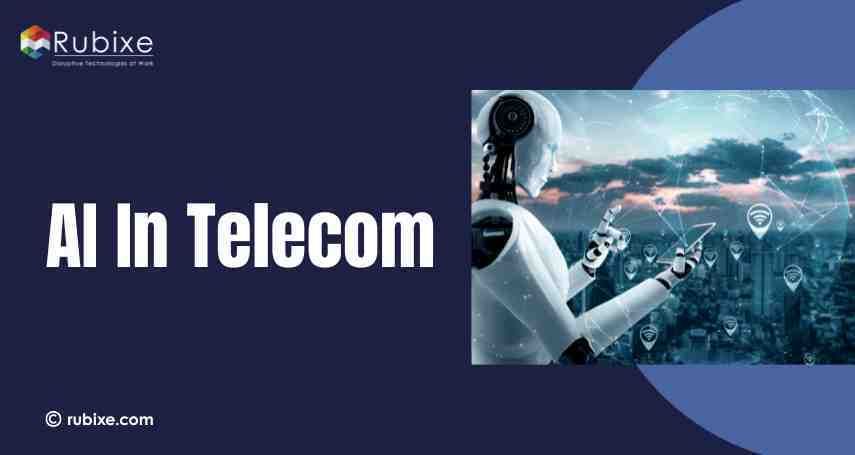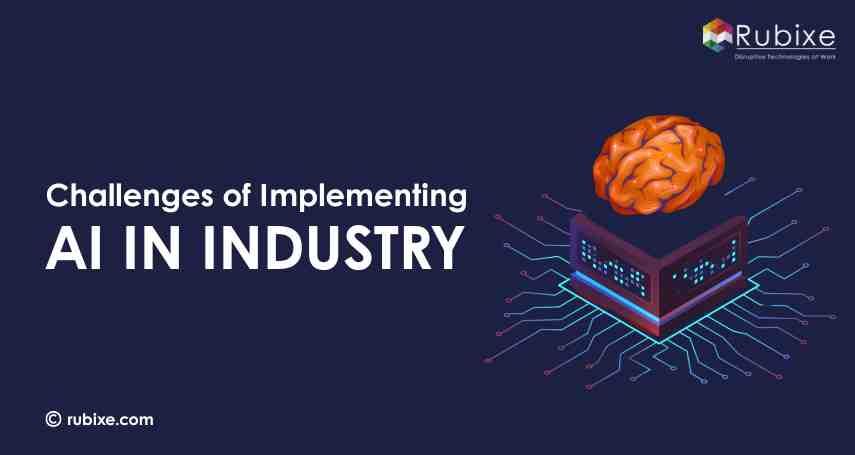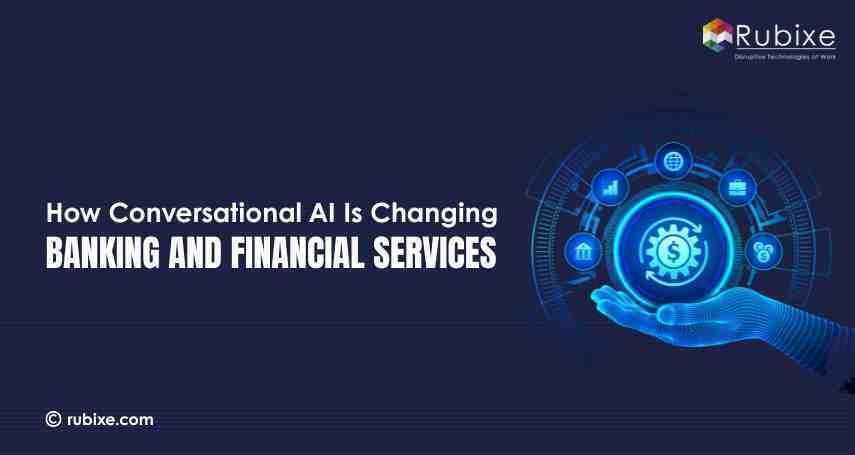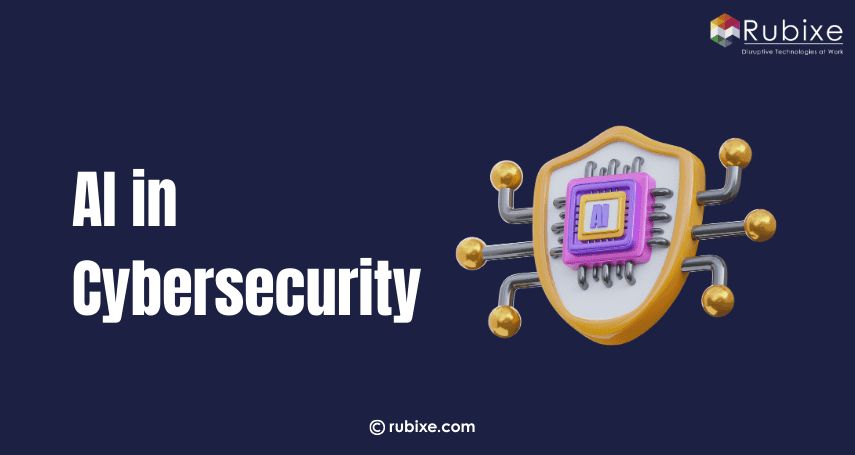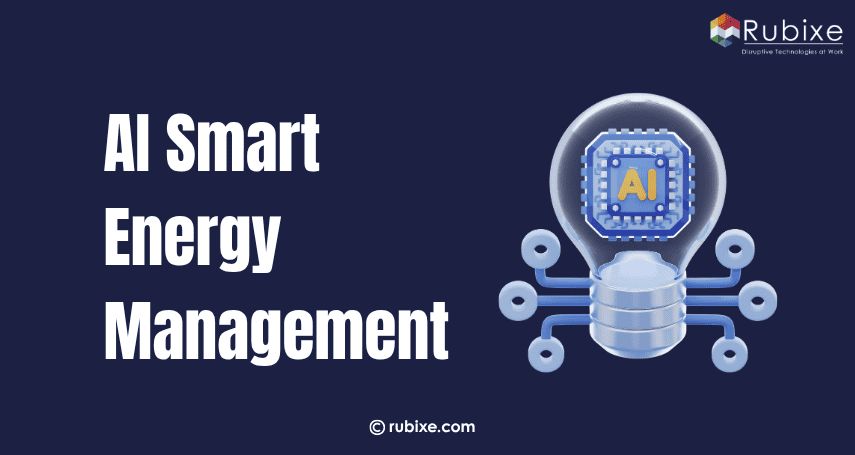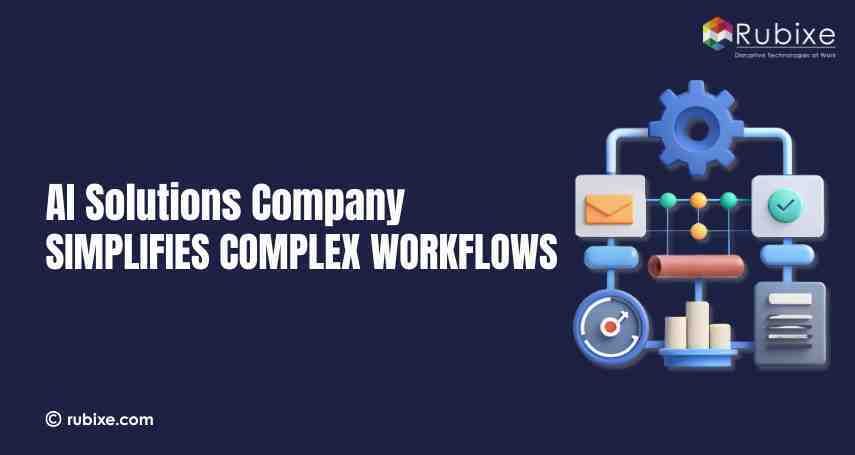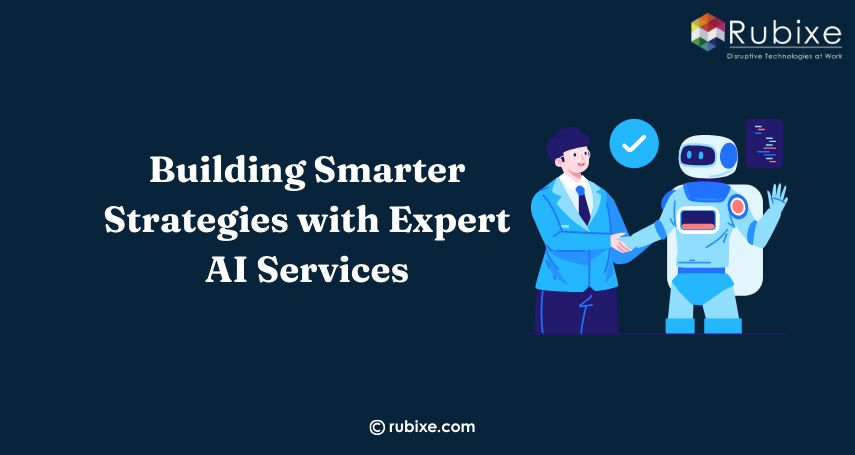How AI Automation Works with Robotic Technologies
AI automation works with robotic technologies to reduce manual effort, enhance task accuracy, and support adaptable, efficient operations across business processes.
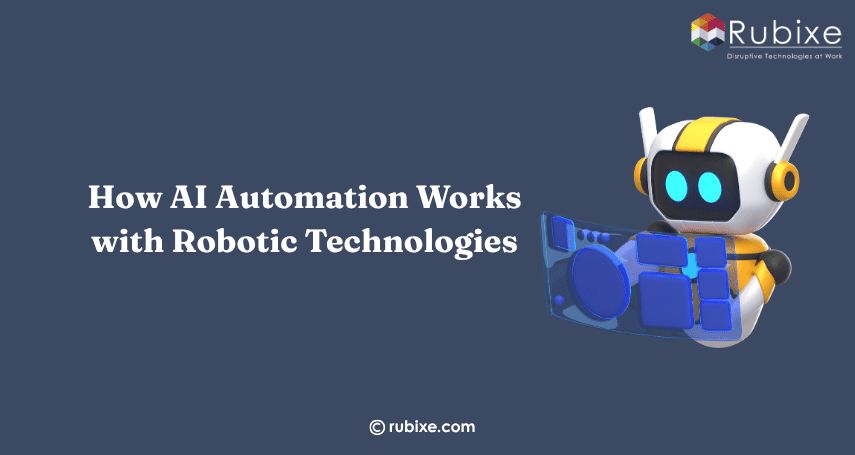
Businesses often rely on software to handle routine tasks. Robotic technologies are designed to carry out repetitive tasks by following set rules. Artificial Intelligence automation adds a layer of adaptability, allowing systems to respond to patterns and changes in data. When used together, they create efficient workflows that reduce manual effort and improve consistency. Simple tasks like processing forms or sorting emails can be handled with minimal oversight. The combination of rule-based execution and smart decision-making creates a more reliable and responsive approach to daily operations.
Integrating Cognitive AI with RPA for Intelligent Automation
AI automation is evolving beyond basic task handling by combining Robotic Process Automation (RPA) with cognitive AI capabilities. This integration allows systems to understand, learn, and make decisions, bringing a new level of intelligence to business workflows. With the guidance of an expert, businesses can strategically deploy this hybrid approach to drive greater efficiency and scalability.
Benefits of combining cognitive AI and RPA:
-
Handles unstructured data: Cognitive AI enables RPA bots to read emails, analyze documents, and extract insights from text or images.
-
Enhances decision-making: AI automation can make context-based decisions rather than following only pre-set rules.
-
Improves customer service: Automates responses based on customer sentiment or inquiry type, enhancing personalization.
-
Streamlines complex workflows: Seamlessly connects across systems to perform tasks that require reasoning, not just repetition.
-
Reduces manual intervention: AI consulting teams can design workflows that adapt and learn, minimizing the need for human oversight.
Robotic Automation Enhanced by Vision and Perception Systems
AI automation is significantly advancing the capabilities of robotics by integrating vision and perception systems. These technologies allow machines to "see" and interpret their environments, enabling more precise and adaptive performance in complex tasks. With the support of AI consulting, businesses can implement intelligent robotic systems tailored to industry-specific needs.
Key advantages of vision-enhanced robotic AI automation:
-
Improves precision and accuracy: Robots equipped with computer vision can identify, sort, and inspect products with minimal error.
-
Enables dynamic task handling: AI perception allows robots to adjust in real-time to variations in size, shape, or position of objects.
-
Boosts quality assurance: Automated visual inspection detects defects and inconsistencies faster than manual checks.
-
Reduces human risk: Vision-guided robots can perform tasks in hazardous environments, enhancing workplace safety.
-
Supports flexible automation: AI consulting helps design adaptive robotic systems that can switch tasks with minimal reprogramming.
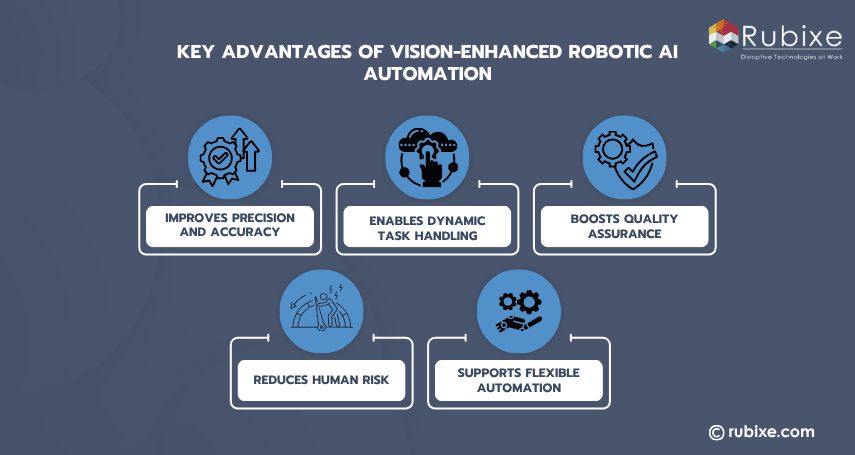
By combining robotics with AI-powered vision systems, businesses can unlock a new level of efficiency, agility, and quality across manufacturing, logistics, and warehousing operations.
Smart Robotics for Complex Physical Tasks
Smart robotics, empowered by AI automation, is transforming how industries handle physically demanding and precision-driven operations. These AI-powered systems are capable of learning, adapting, and performing tasks that traditionally required human dexterity and decision-making.
Benefits of smart robotics in handling complex physical tasks:
-
Adaptive task execution: Robots can adjust movements in real-time using AI algorithms and environmental feedback.
-
Precision in assembly and handling: Ideal for industries like electronics or automotive, where exact placement and movement are critical.
-
Collaborative robotics (cobots): These robots safely work alongside humans, boosting productivity without replacing the workforce.
-
Learning from experience: Machine learning enables robots to improve performance over time by analyzing previous actions.
-
Enhanced consistency and reliability: Unlike humans, AI-powered robots perform tasks with consistent output and minimal fatigue.
Predictive Automation: From Sensor Data to Action
Predictive automation combines real-time sensor data with AI automation to anticipate issues and take proactive steps before problems occur. This approach is especially useful in the manufacturing, logistics, and energy sectors, where downtime or inefficiency can be costly. AI consulting businesses can design systems that not only detect anomalies but also initiate automatic responses.
How predictive automation adds value:
-
Real-time data monitoring: Sensors collect and analyze operational data continuously to spot trends or irregularities.
-
Anomaly detection: AI algorithms detect patterns that deviate from normal behavior and trigger alerts.
-
Automated response mechanisms: Systems can automatically adjust machinery, reroute workflows, or schedule maintenance.
-
Reduced downtime: Early warnings help prevent breakdowns, improving equipment availability and output.
-
Cost savings and risk mitigation: By preventing failures and optimizing performance, businesses save on emergency repairs and lost productivity.
Robotic Agents and Smart Assistants Powered by AI
Robotic agents and AI-powered smart assistants are transforming how businesses interact with customers and manage internal operations. These tools use advanced AI services such as natural language processing, machine learning, and AI automation to perform tasks, answer questions, and support teams more efficiently.
Key benefits of AI-powered robotic agents and assistants:
-
24/7 availability: Smart assistants handle queries around the clock, improving customer satisfaction and response times.
-
Context-aware interactions: AI enables bots to understand user intent and provide personalized, relevant support.
-
Workforce augmentation: Robotic agents take on routine tasks, freeing human employees to focus on complex, high-value work.
-
Integrated with business systems: They connect with CRMs, ERPs, and support tools to deliver seamless experiences.
-
Continuous learning: These assistants improve over time by learning from interactions and user feedback.
Boosting Productivity and Reducing Errors with Automation
Automation plays a critical role in improving operational efficiency, especially when powered by advanced AI services and tools. By automating repetitive, time-consuming tasks, businesses can enhance accuracy, reduce manual errors, and allow teams to focus on strategic initiatives. With support from AI consulting, companies can identify the best automation strategies tailored to their workflows.
Key benefits of using AI automation to boost productivity and reduce errors:
-
Minimizes human error: AI automation ensures tasks are completed with high precision, reducing costly mistakes in data entry, invoicing, or scheduling.
-
Accelerates processes: Routine operations like document processing, approvals, and reporting are completed faster with AI tools.
-
Frees up human resources: Employees can focus on creative, analytical, and decision-making tasks instead of repetitive work.
-
Improves data quality: AI systems can detect inconsistencies and clean data automatically, leading to more reliable insights.
-
Supports scalable growth: Automated systems adapt to increased workload without requiring proportional increases in labor.
Ensuring Responsible, Effective Integration
Deploying AI and robotic technologies requires a clear strategy and governance. In my AI consulting projects, I start with a careful assessment.
Governance steps include:
-
Mapping where AI-powered robots deliver the most value
-
Ensuring data and models are accurate, fair, and explainable
-
Planning for staff upskilling and human-robot collaboration
-
Establishing monitoring, maintenance, and ethical safeguards.
Integrating AI and robotics requires strategic planning and expert support. As an AI consulting company, we help businesses implement smart automation solutions, including RPA, cognitive AI, and robotic systems, ensuring efficient, ethical, and scalable outcomes.



